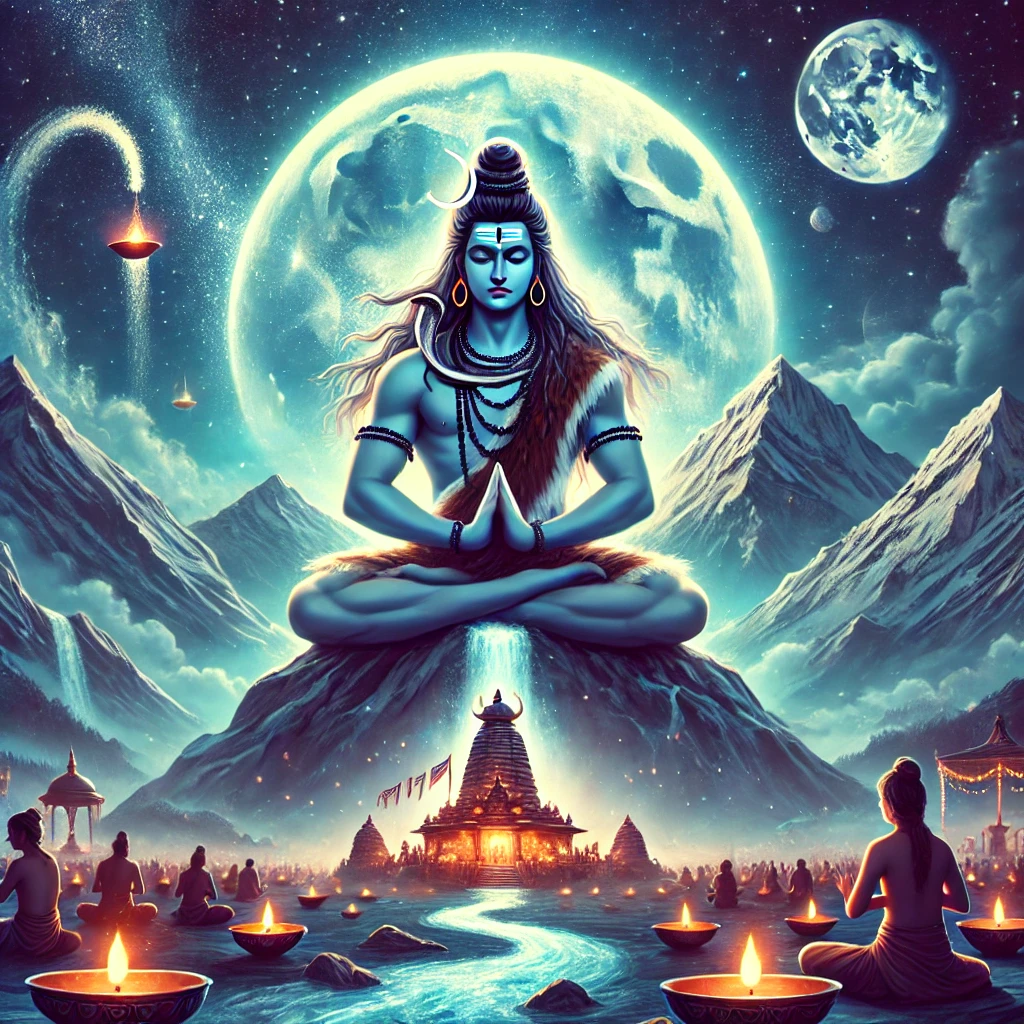
Shivratri, a sacred observance dedicated to Lord Shiva, is celebrated every month on the 14th lunar day (Chaturdashi) during the Krishna Paksha (waning phase of the moon). However, Maha Shivratri, which falls once a year, holds exceptional spiritual importance. This festival signifies the divine union of Lord Shiva and Goddess Parvati and is marked by grand celebrations across India and beyond. Let’s explore the significance of both these auspicious occasions.
Monthly Shivratri – A Day of Devotion
Shivratri, observed every month, is known as Masik Shivratri. Falling on the Chaturdashi tithi of Krishna Paksha, it is considered highly auspicious for devotees who seek Lord Shiva’s blessings. Many observe a fast on this day, visiting Shiva temples and offering prayers, milk, water, and bilva (bel) leaves to the Shiva Linga. It is believed that fasting and worshipping Shiva on this day help devotees overcome obstacles and attain spiritual growth.
Maha Shivratri – The Grand Celebration
Maha Shivratri, the Great Night of Shiva, is celebrated annually on the 14th day of the dark fortnight in the Hindu month of Phalguna (February-March). Unlike Masik Shivratri, this festival is observed with grandeur, involving night-long vigils, elaborate pujas, and extensive fasting. It is believed to commemorate the divine wedding of Lord Shiva and Goddess Parvati, symbolizing the union of consciousness and energy.
Why Is Maha Shivratri So Special?
- Spiritual Awakening: Devotees stay awake all night, chanting prayers and meditating, which is said to bring enlightenment and inner peace.
- Fasting and Penance: Observing a fast on Maha Shivratri is believed to cleanse the soul and invite divine blessings.
- Cosmic Energy Alignment: The planetary positions on this night create a powerful spiritual atmosphere, making meditation and devotion more impactful.
- Mythological Significance: Legends suggest that Shiva performed the Tandava (cosmic dance) on this night, and worshipping him with dedication brings prosperity and well-being.
Rituals and Traditions
On both Masik Shivratri and Maha Shivratri, devotees engage in various rituals:
- Abhishekam (Sacred Bathing): The Shiva Linga is bathed with milk, honey, yogurt, ghee, and water.
- Offering of Bel Leaves: Considered sacred, bel leaves are offered to Shiva to seek his grace.
- Chanting and Meditation: Devotees recite Om Namah Shivaya and other Shiva mantras throughout the night.
- Fasting and Charity: Observing a fast and offering food to the needy is a common practice.
Conclusion
While Masik Shivratri provides a monthly opportunity for devotees to connect with Lord Shiva, Maha Shivratri stands out as a deeply spiritual festival symbolizing transformation, devotion, and the ultimate reality. Whether celebrated every month or once a year, the essence of Shivratri remains the same—devotion, discipline, and divine connection.
Are you observing Shivratri this month? Share your experiences and thoughts in the comments below!





